Teaching English with Project-Based Learning in Senior High Schools
Teaching English in senior high schools can be challenging, but incorporating innovative methods such as Project-Based Learning (PjBL) can transform the experience for both teachers and students. PjBL shifts the focus from traditional rote learning to active, hands-on projects that engage students in meaningful and practical ways. This article explores the benefits of PjBL in teaching English, provides a step-by-step guide to implementing it, and highlights some success stories.
Introduction to Project-Based Learning (PjBL)
Project-Based Learning is an instructional approach that encourages students to learn and apply knowledge and skills through an engaging experience. In PjBL, students work on a project over an extended period, which allows them to explore and respond to complex questions, problems, or challenges. This method not only enhances their understanding of the subject matter but also helps develop essential skills such as critical thinking, collaboration, and communication.
Benefits of PjBL in Teaching English
- Enhanced Engagement:
- Projects are usually more interesting and engaging than traditional methods, which can motivate students to invest more effort in their learning.
- Real-World Application:
- PjBL connects classroom learning to real-world scenarios, making the acquisition of language skills more relevant and practical.
- Collaboration:
- Students often work in groups, which helps them develop teamwork and interpersonal skills.
- Critical Thinking:
- PjBL encourages students to think critically and solve problems, which are crucial skills both inside and outside the classroom.
- Creativity:
- Projects often require creative solutions, allowing students to express themselves and innovate.
Implementing PjBL in English Classrooms
- Planning the Project:
- Identify the learning objectives and outcomes.
- Choose a project topic that aligns with the curriculum and interests students.
- Design a project plan that outlines the tasks, timeline, and assessment criteria.
- Introducing the Project:
- Present the project to students with a clear explanation of the objectives, expectations, and timeline.
- Engage students with a compelling question or problem to solve.
- Guiding the Process:
- Provide resources and support as students work on their projects.
- Facilitate collaboration and ensure all students are participating and contributing.
- Assessment and Reflection:
- Assess the project based on predefined criteria, including the quality of work, creativity, and adherence to objectives.
- Encourage students to reflect on their learning process and outcomes.
Example Projects
- Creating a School Magazine:
- Students can work in teams to create a school magazine, which involves writing articles, conducting interviews, and designing layouts. This project helps develop writing, editing, and design skills.
- Debate Club:
- Organize a debate club where students research, prepare, and participate in debates on various topics. This enhances their speaking and critical thinking skills.
- Literature Review:
- Assign a project where students read a novel or a set of short stories and then create presentations or reports that analyze the themes, characters, and plot. This fosters analytical and presentation skills.
Success Stories
Many schools have successfully implemented PjBL in their English programs, resulting in improved student outcomes. For instance, a senior high school in California reported that their students showed significant improvement in language skills and engagement after introducing PjBL. Another school in New York found that PjBL helped reduce absenteeism and increased students’ enthusiasm for learning English.
Conclusion
Project-Based Learning is a powerful method for teaching English in senior high schools. By making learning more engaging, relevant, and practical, PjBL not only enhances students’ language skills but also prepares them for real-world challenges. Teachers looking to innovate their English curriculum should consider integrating PjBL to create a more dynamic and effective learning environment.

